Stripe’s Multi-Billion-Dollar Sales Funnel
Stripe started by targeting an underserved audience, became the leading payment platform, and is now valued at $91.5 billion.
Hi, it’s Andreas, and I’m back with Growth - my newsletter that dives deep into the funnels and growth tactics of today’s top startups.
Today, we’re breaking down the funnel of Stripe - a company you’re probably already familiar with. It’s been on my list for a while, but I stumbled across it again “by accident” last week, and figured it was time.
So, let’s jump in.
I recently purchased a tool I wanted to use.
Down below on the checkout page, I saw this:
And I thought, that's a cool way of free marketing. So my next thought was, 'Hey, Stripe would be interesting for a breakdown.'
And here we are.
But diving deeper into its marketing and channels, I found out that Stripe originally started by focusing on developers as their main target group. This slightly shifted over the years, but developers still play a major role for Stripe.
Targeting developers as the audience for a payment solution didn’t make much sense to me at first. But on second thought, it does - because they’re the ones who have to work with it and implement it.
And this helped Stripe reach a valuation of $91.5 billion today and generate multi-billions in revenue.
Stripe’s Multi-Billion Dollar Funnel
How Stripe Drives Awareness
When we talk about organic channels, Stripe is mainly active on LinkedIn, Twitter, and Meta (though the Meta account is inactive and primarily used for ads). And also leverages SEO.
Unlike other companies, there is no fully developed strategy for TikTok or Instagram (yet).
On its channels, Stripe addresses different types of content and target groups - for example, on LinkedIn, where the company promotes a lot of features:
Or so on Twitter:
But here, it gets more interesting.
In addition to their main account, we also find a “Stripe Developers” account.
Here, you’ll find more technical content that speaks directly to developers themselves.
And this makes a lot of sense because Twitter’s audience has a lot of tech people and developers.
On Instagram and TikTok, they’ve adapted to the nature of the platforms.
It seems like they started some kind of podcast or videocast format, using Reels and TikTok videos featuring speakers from their events. However, this content isn’t posted consistently and only appears from time to time.
But what’s more interesting is Stripe’s integration of its service. And this is how I came across the tool (again).
Every shop, platform, tool, or service that uses Stripe includes a “Powered by Stripe” label on the checkout page, which is essentially free marketing.
With each click, users are taken to the Stripe website.
All of this drives a lot of traffic, specifically, 4.5 million clicks each month, almost entirely from organic content.
Of course, this needs to be captured somewhere.
How Stripe Captures Demand on Its Website
When we look at Stripe as a solution, it's quite complex.
The tool combines a payment solution with many different use cases and unites several smaller products under one platform.
Visualized, it looks like this:
So, what’s a good way to promote a tool like this?
Looking at the website, we see that Stripe smartly handles this.
Feature-driven:
Under the navigation bar, there's a “Products” tab. Here we see all features listed under different solutions, all unified within the tool itself.
With a click on each feature, we’re directed to a landing page where each one is promoted individually.
Use Case-Driven
Under the “Solutions” tab on the website’s navigation, we find a section that is structured by customer stage, business model, and use cases.
With a click on the links, we’re guided to a landing page, and each one is tailored to a specific use case.
💡 Users always come to your website with different perspectives and varying levels of knowledge. While the general rule of thumb is to build your marketing for the dumbest customer, Stripe handles this in a smart way.
In their case:
A) A user arrives while looking for a specific feature to solve a particular problem.
B) A user arrives while searching for a use case tailored to their company size, stage, or industry.
This is a great way to capture organic traffic and redirect users to use cases most relevant to their initial situation.
So, but what about the funnel(s)?
Stripe’s Paid Ad Funnels
This is where Stripe begins to drive targeted leads into its solution.
Looking at the channels, we see two funnels in place - one targeting startups and one targeting enterprises.
In other breakdowns in this newsletter, we’ve seen companies build only paid funnels for enterprise customers, while Stripe also targets startups, which, in my opinion, makes a lot of sense.
A payment platform has a strong anchoring effect. Once a startup implements it and grows with it, the chances of switching later are very low, not like other tools that mainly make (big) money with enterprise customers.
Startup Funnel
Starting at the top, Stripe has a layer of awareness-building content and ads.
Creating Demand
Stripe starts by educating users on startup-related topics and providing helpful resources on how they can improve their business.
On LinkedIn, we therefore see a lot of ads targeting problem-unaware startup audiences with educational material that doesn’t primarily focus on Stripe’s solution but rather on topics every startup deals with.
The same goes for Meta:
These ads don’t lead to typical landing pages or leadgen forms like we’ve seen in other breakdowns. What Stripe does instead is direct users to PDFs that are not gated, without putting in their data.
These PDFs break down startup tactics and growth stories.
Each PDF includes a section about Stripe, highlighting different solutions tailored to startups, with a call to action at the end.
And Stripe highlights features that are specifically relevant for startups.
Capturing Demand
What they appear to do next (at least how it looks from the outside) is build their retargeting around case studies of startups successfully using Stripe.
Like this ad:
Here, they use the same format (a click on the ad leads to a PDF that explains the case study and includes a call to action at the end).
This means that first, users are presented with a PDF on general startup topics (where they become familiar with Stripe). Then, they see a case study showing how startups succeed with Stripe. Finally, there’s usually a third retargeting layer that aims for a direct call to action, such as “Test our solution.”
However, that final step isn’t something I see on LinkedIn - but it’s a tactic Stripe uses on Meta. Here you’ll find ads that promote a clear call to action.
These likely also function as part of a retargeting layer. Therefore, they feature popular startups, highlight their growth, and lead users directly to a landing page.
So, the ad funnel seems somewhat complex.
We have cold-layer ads (targeting leads not familiar with Stripe) running on both LinkedIn and Meta. Then there are retargeting ads aimed at warmer leads, using case studies — also on Meta and LinkedIn.
Additionally, we see Meta ads used specifically for retargeting that drive leads to a landing page with the goal of conversion. And finally, we have Google ads that lead directly to landing pages, aiming for conversion.
Which is totally possible, as you can combine LinkedIn and Meta for smart retargeting (but it still left me wondering).
But where do the startups land?
The landing page that most of the startup-focused ads lead to speaks directly to the target audience. However, instead of promoting specific startup solutions, it emphasizes the DIY mentality of startups (aka also speaks to developers).
Next to a strong headline that emphasizes growth, they highlight relevant benefits and features, and build trust by showcasing well-known brands that use Stripe.
Further down on the landing page, Stripe continues to reinforce the DIY startup mindset by emphasizing the ease of using their solution.
And speaking directly to developers.
But also to founders in general (or for sure also to technical co-founders).
At the end, they close with a call to action and highlight their strongest features.
Leading startups either directly to account creation…
… or funnel them in a sales call.
This makes the startup funnel look like this:
Enterprise Funnel
What Stripe is doing on the enterprise side is quite similar to what they’re doing on the startup side - but with different messaging and formats, of course.
Creating Demand
On LinkedIn, it appears they’re investing more in ads here, as there are clear retargeting funnels in place.
In general, they’re also using ungated PDFs to educate users on various topics, tailored to enterprise matters like tax and compliance.
With retargeting ads in place.
This leads to Stripe’s enterprise landing page, which starts with a strong headline and highlights well-known customers to build trust right away.
Promoting features that are relevant for enterprises.
Always building trust by showcasing logos on the site.
Leading users to more resources in case they’re not ready to convert.
And ending with a call to action to contact sales, which is different from the approach used for startups and individual users.
This makes the enterprise funnel look like this - a straightforward path from cold targeting to conversion on LinkedIn. And only on LinkedIn.
(Of course, a funnel is never truly straightforward, as leads rarely follow the exact path you design for them - but that’s how it’s structured.)
After Conversion & Paying Customers
Once someone decides to move forward with Stripe, it becomes clear again how much Stripe prioritizes developers.
The website offers detailed guides and step-by-step instructions on how to build solutions using Stripe.
There’s an entire support center to help you with the setup.
This way they reduce confusion and help the probably most overlooked stakeholder in a company, a user-friendly way to work with the solution.
One other thing worth highlighting is Stripe’s retention, and this is based on my own opinion. I believe Stripe’s retention rate is very high. We're talking about a payment solution that you don’t just implement and abandon the next day if you’re not satisfied.
Once a company decides to implement Stripe and run all payments through it, they’re likely to stick with it for a long time, which gives Stripe a strong lock-in effect.
Also, Stripe’s pricing model isn’t based on a monthly fee but on transaction fees. So, when you earn money, Stripe earns money too.
Last words
Stripe shows how powerful it can be to build for the overlooked, communicate clearly across user levels, and turn your product into its own marketing channel. From developer-first positioning to ungated content and smart retargeting, Stripe’s funnel shows how to attract, educate, and convert.
And there are some golden takeaways here that can truly accelerate growth.
Takeaways
Who is your audience?
Stripe didn’t start (and still doesn’t fully focus) with the obvious customer group. They began by targeting an underserved audience - developers - and made their solution easy to use while speaking directly to them. So, who is your underserved target audience?What level is your user coming from?
Stripe handles this well on their website. They capture users at different stages by providing information based on features, use cases, or company size. It’s a great example of how to speak effectively to your customers.Can you implement free marketing?
If you offer a solution that gets implemented or used by others, like Stripe, think about how you can turn that into free marketing. Stripe does this by placing their logo on every checkout page.
See you next week! 👋🏼
PS: If you enjoyed this case study, please tap the like button below. Thank you! 💛




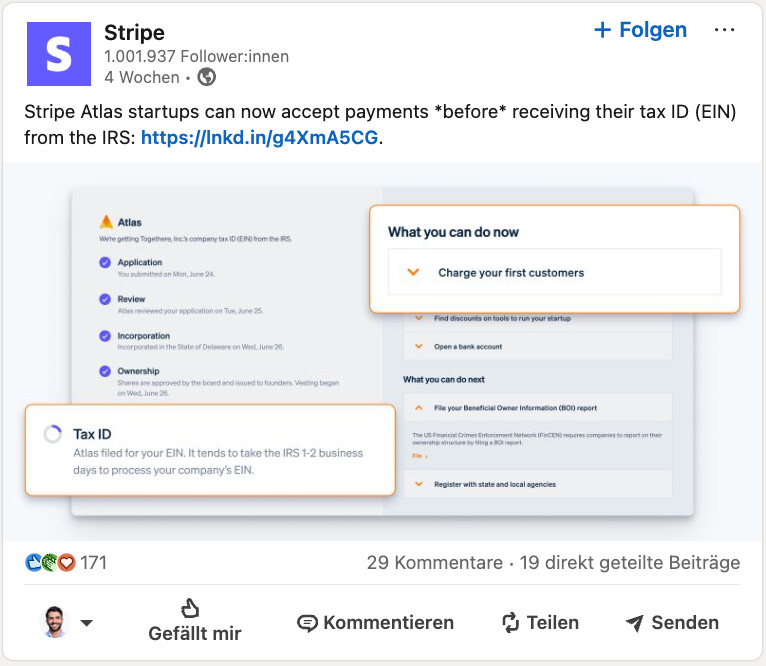
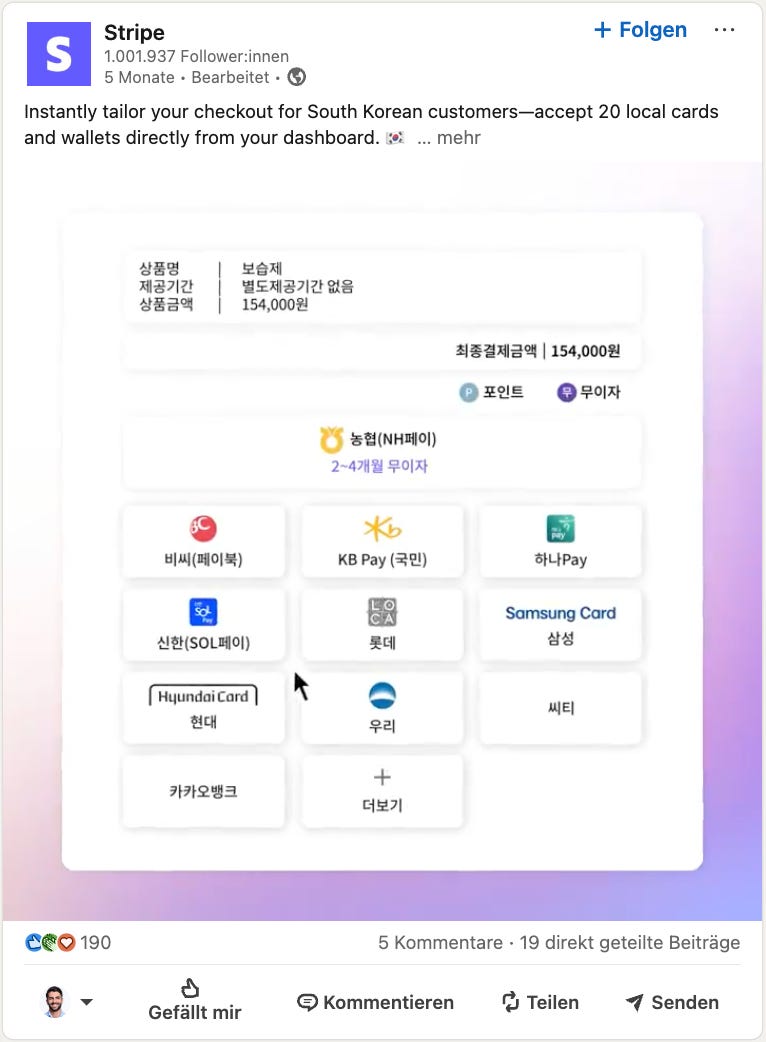
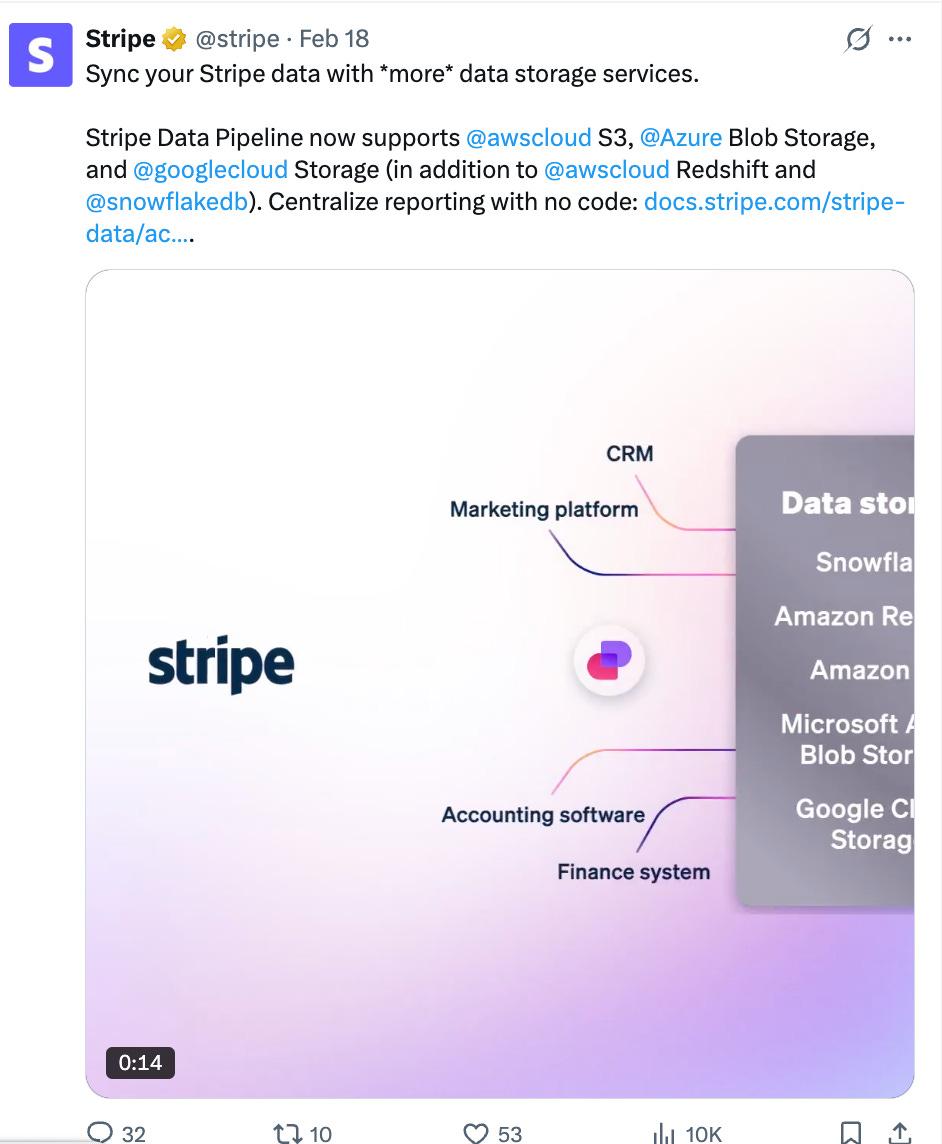
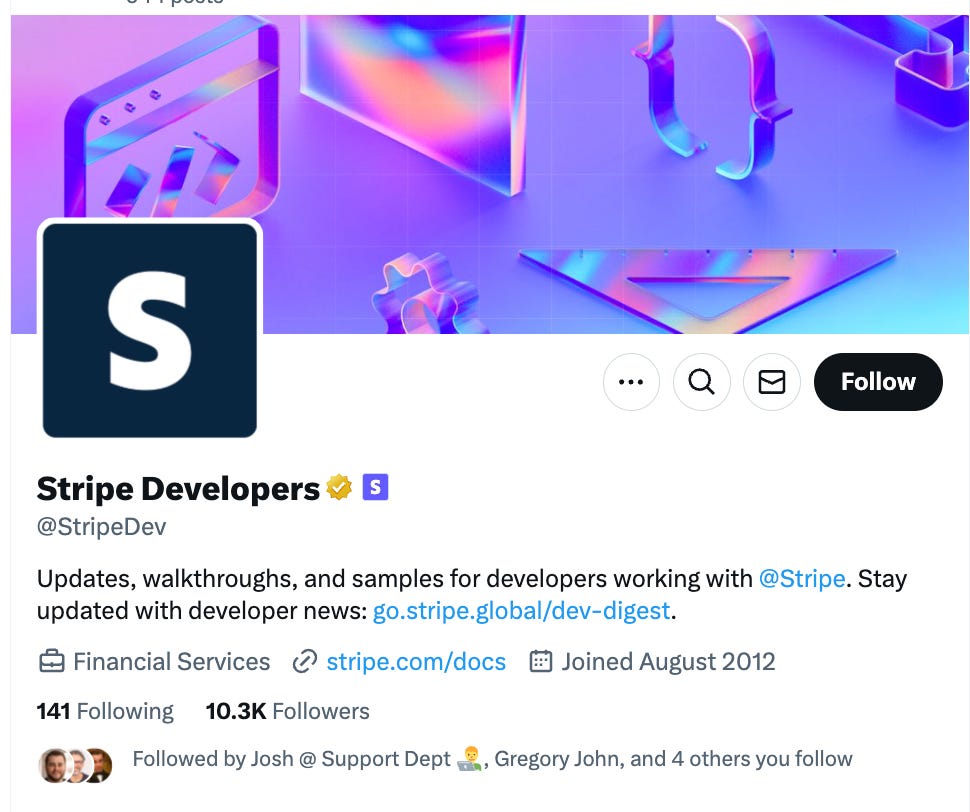
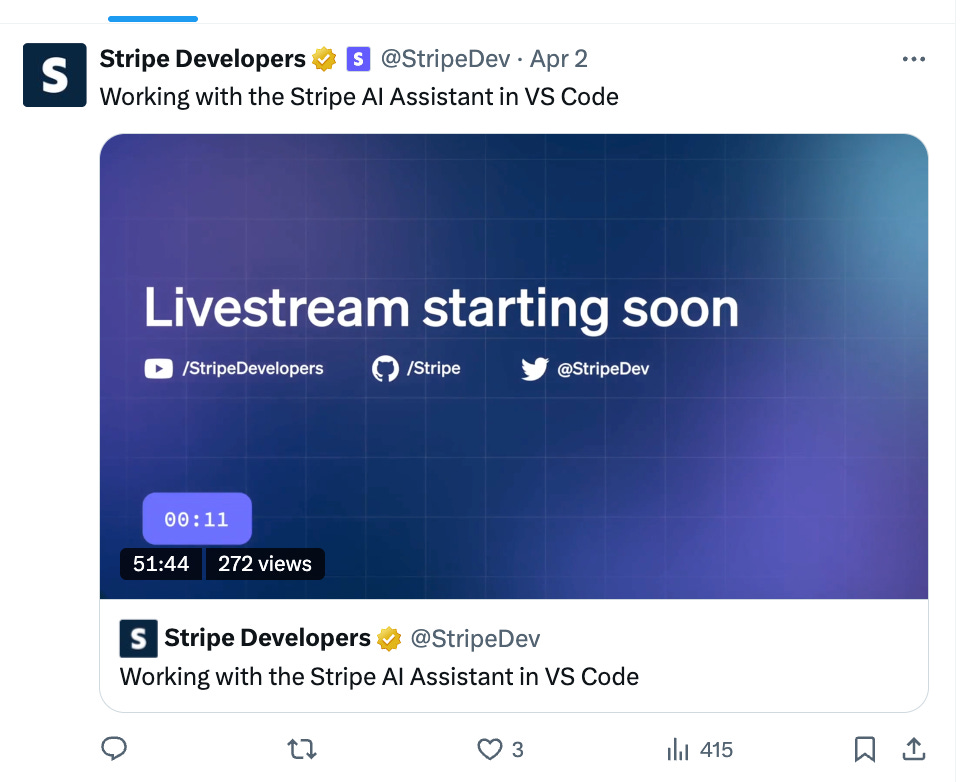
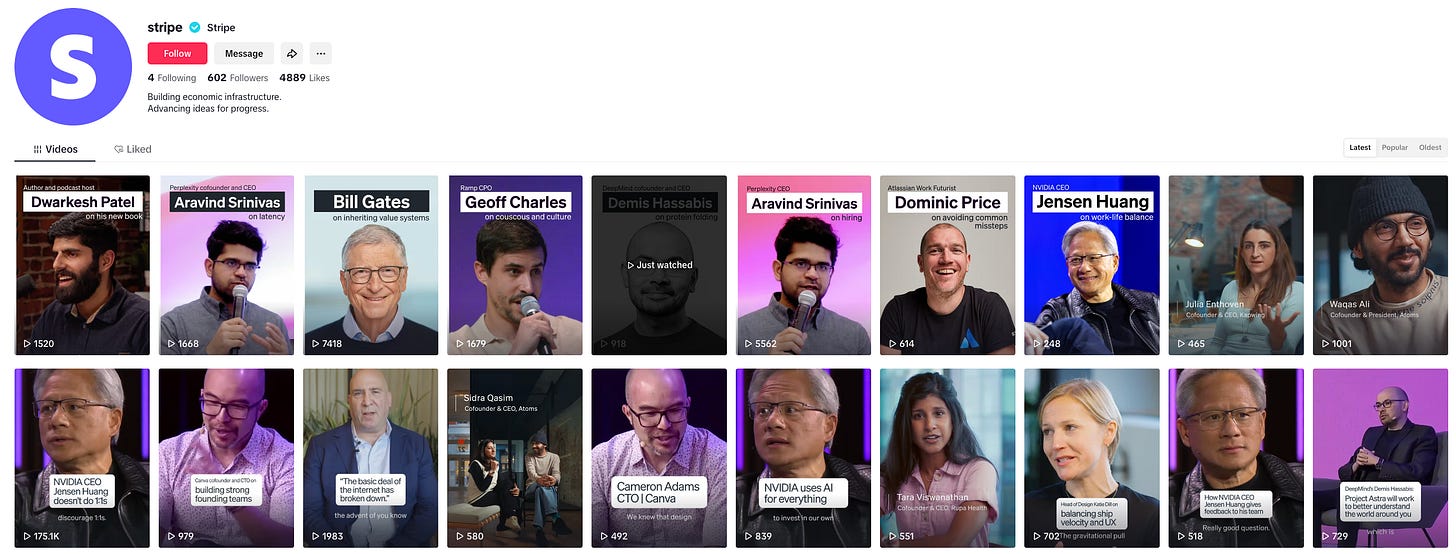


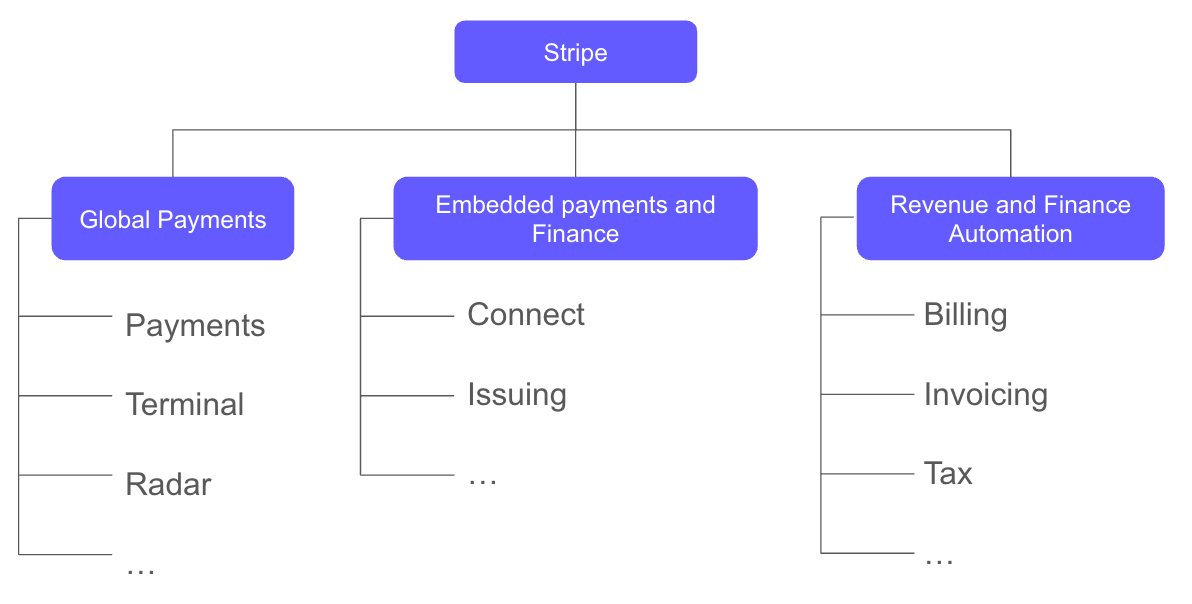
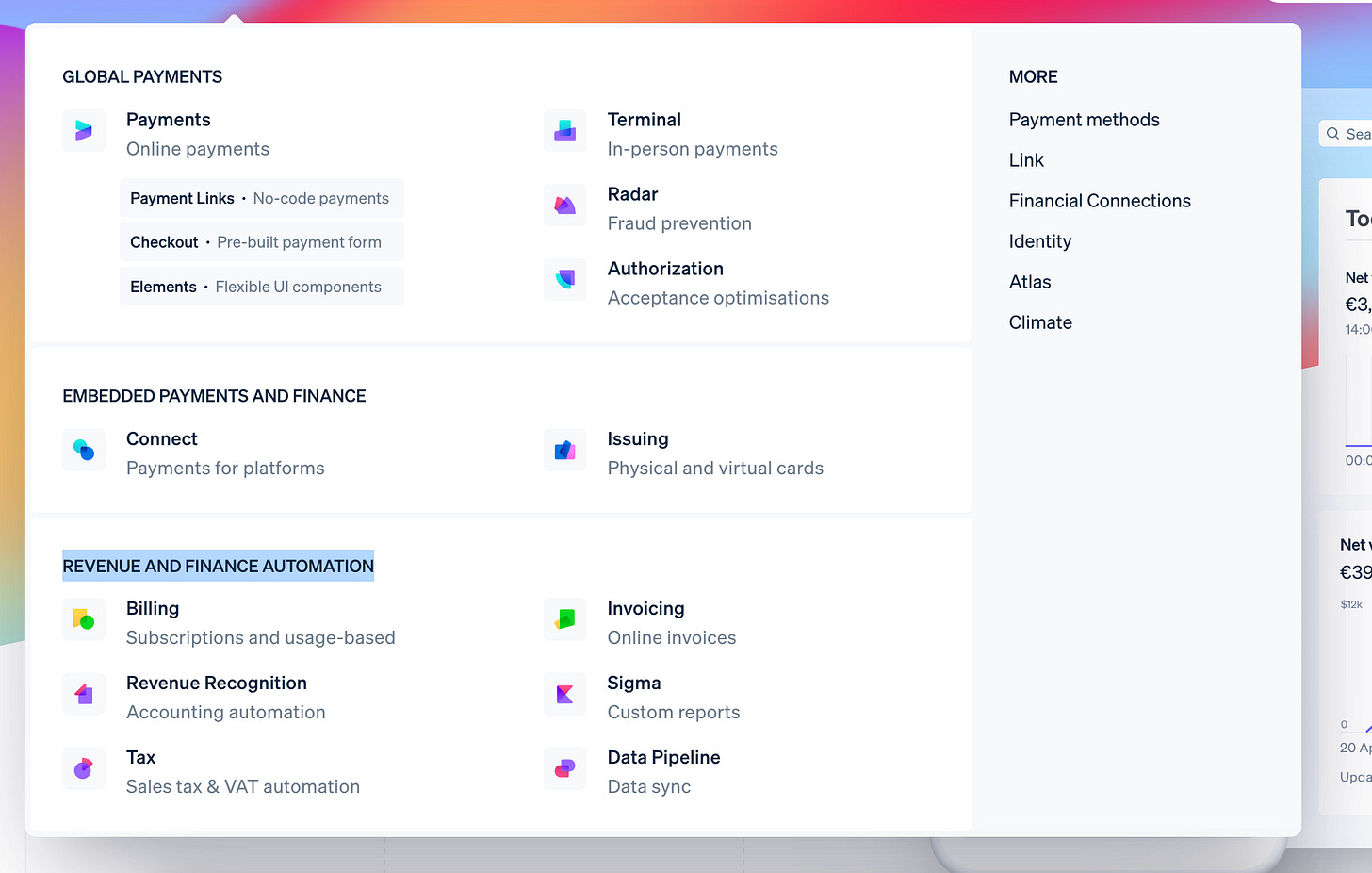
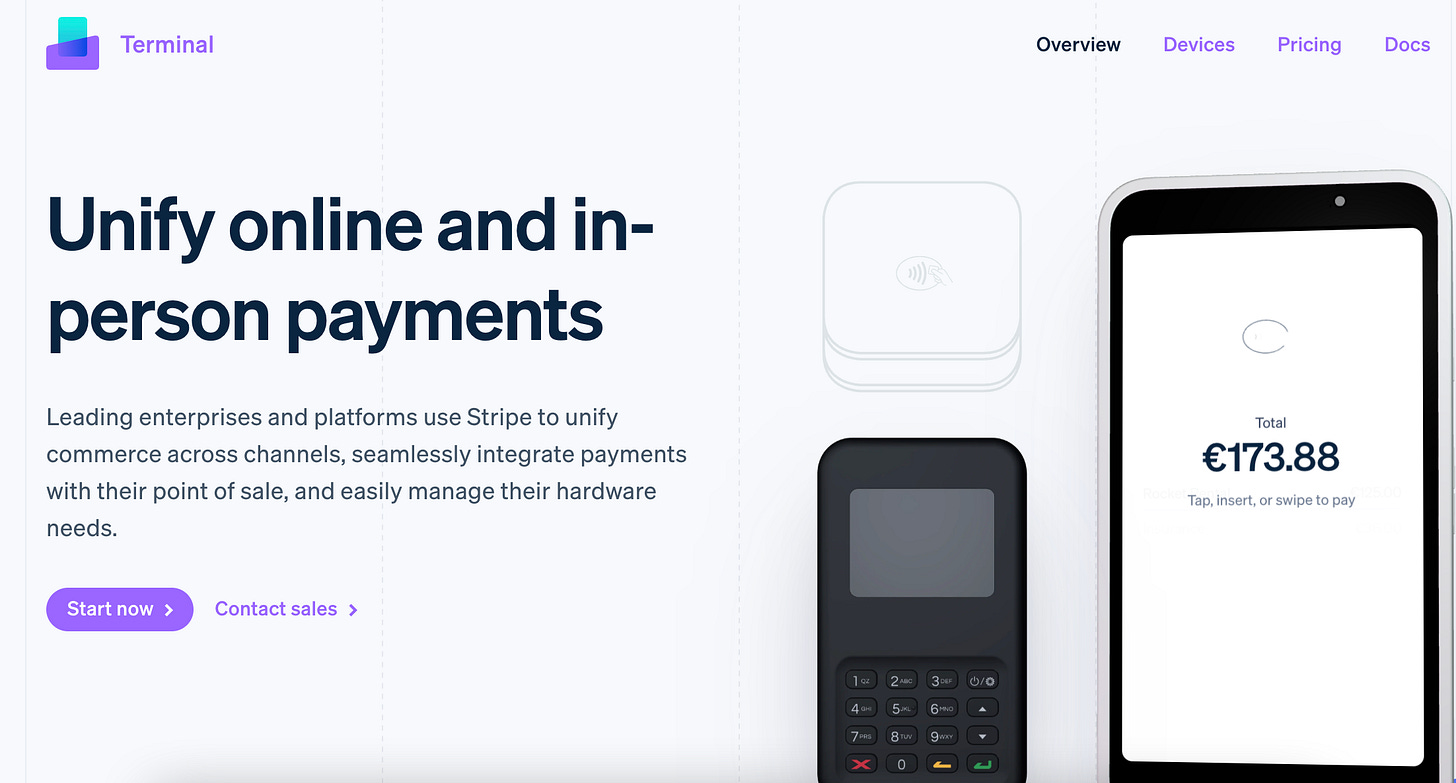
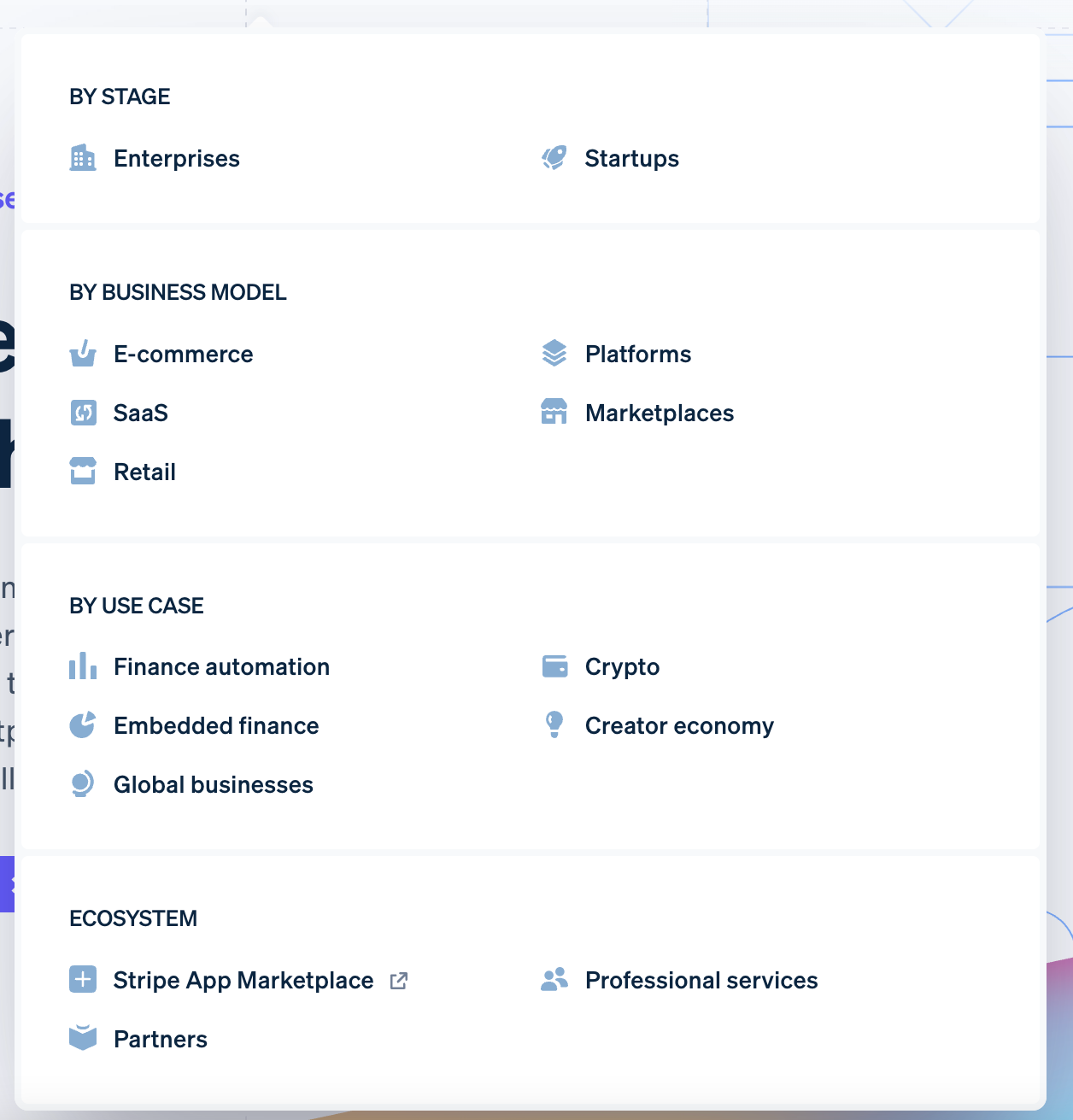

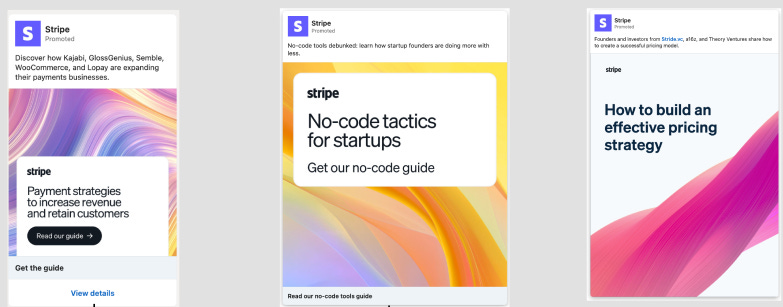
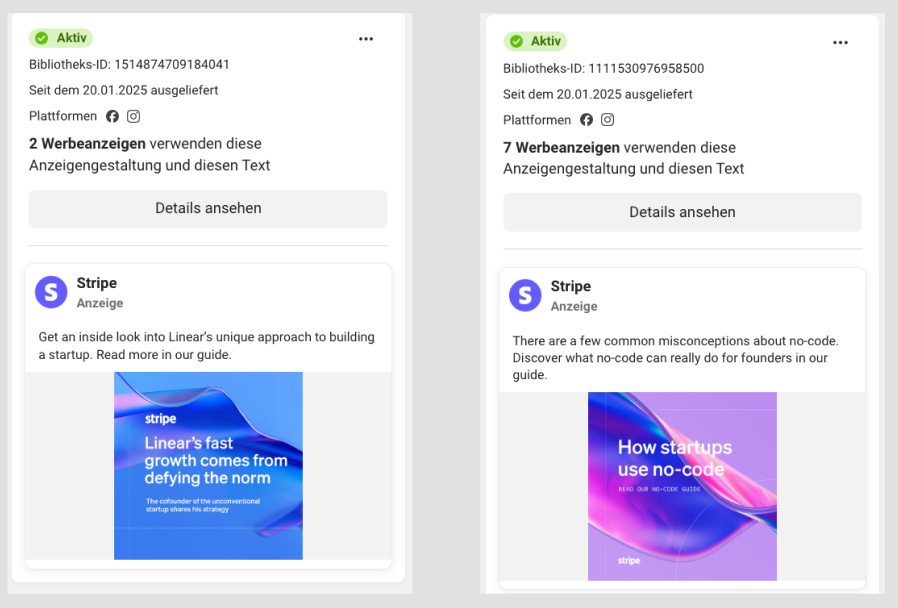
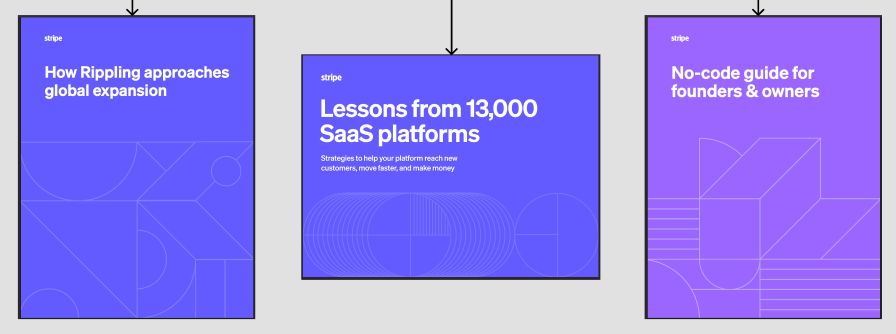
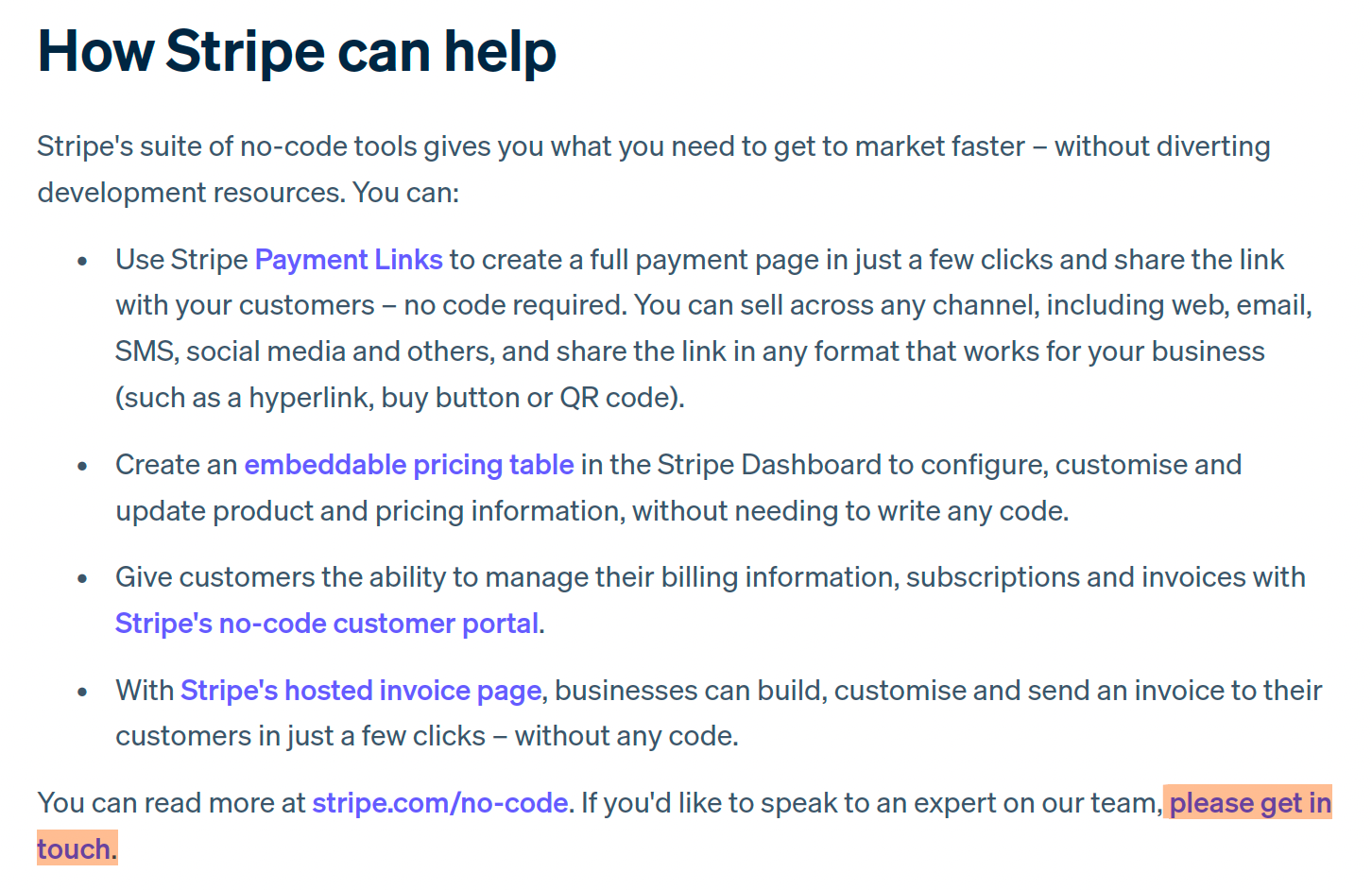





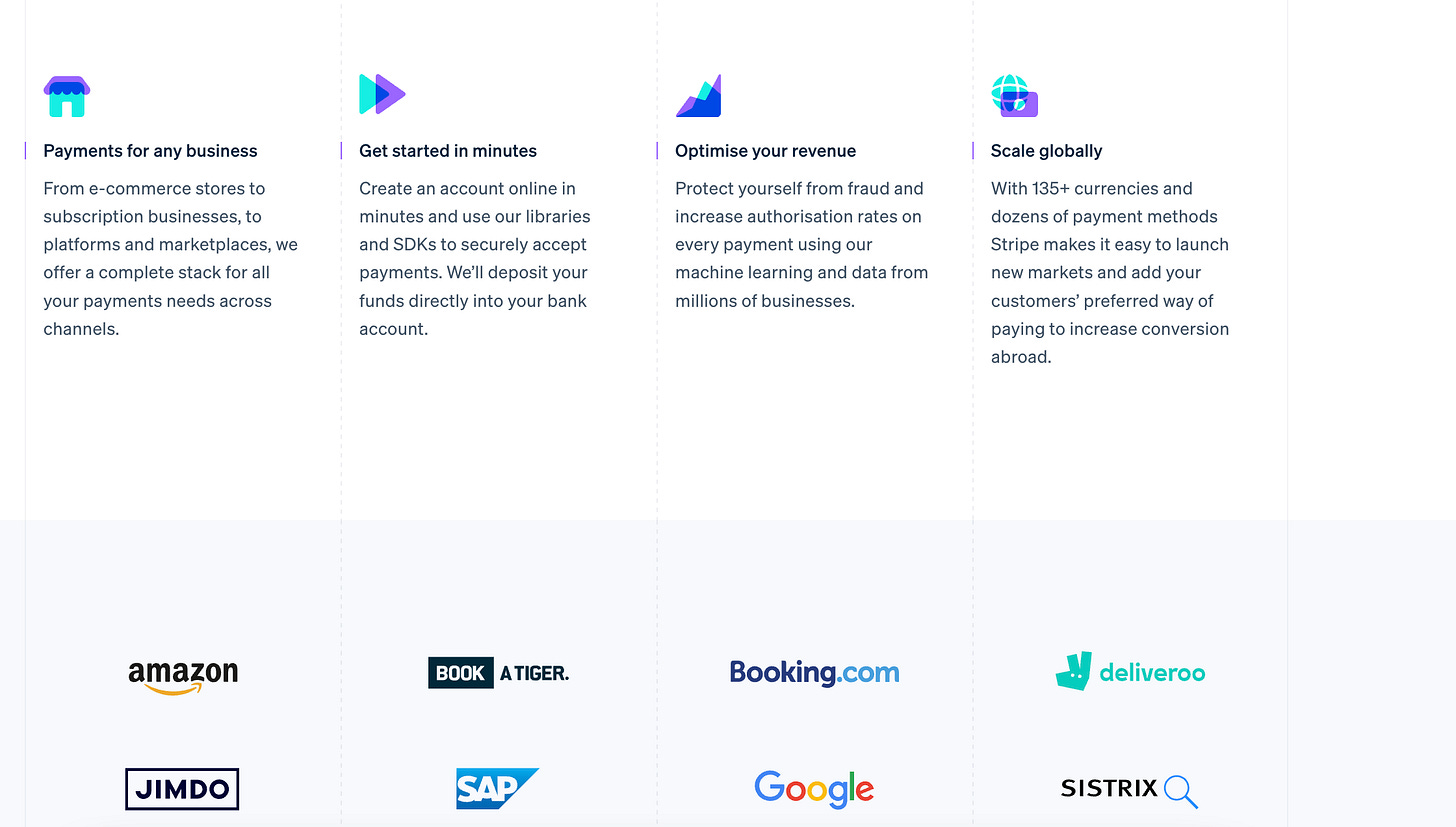
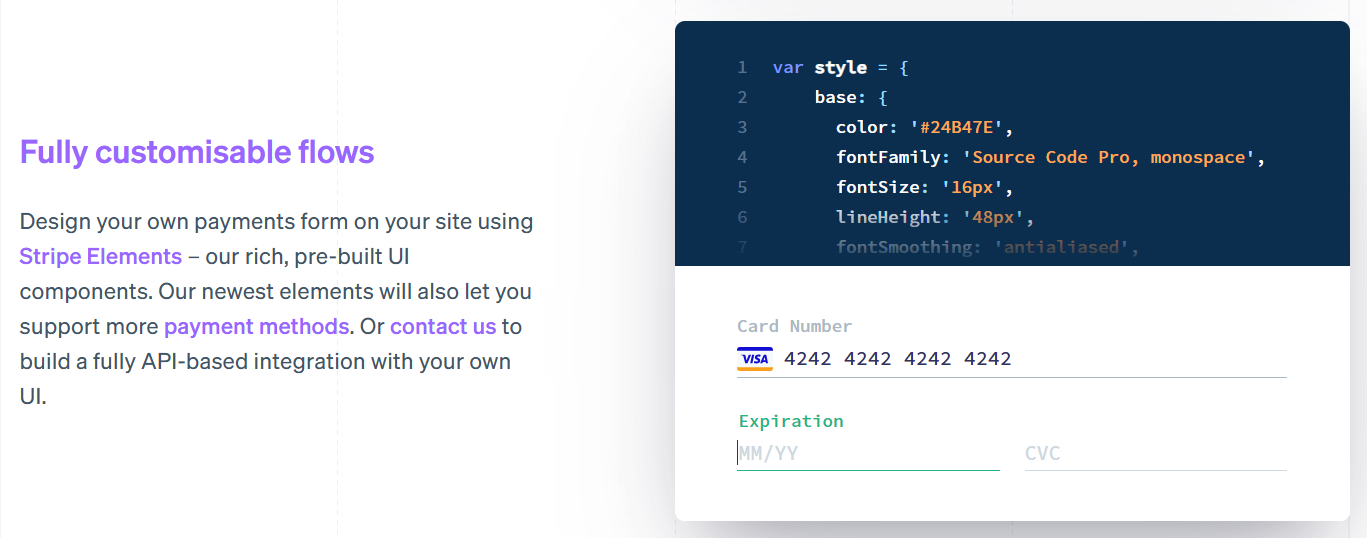
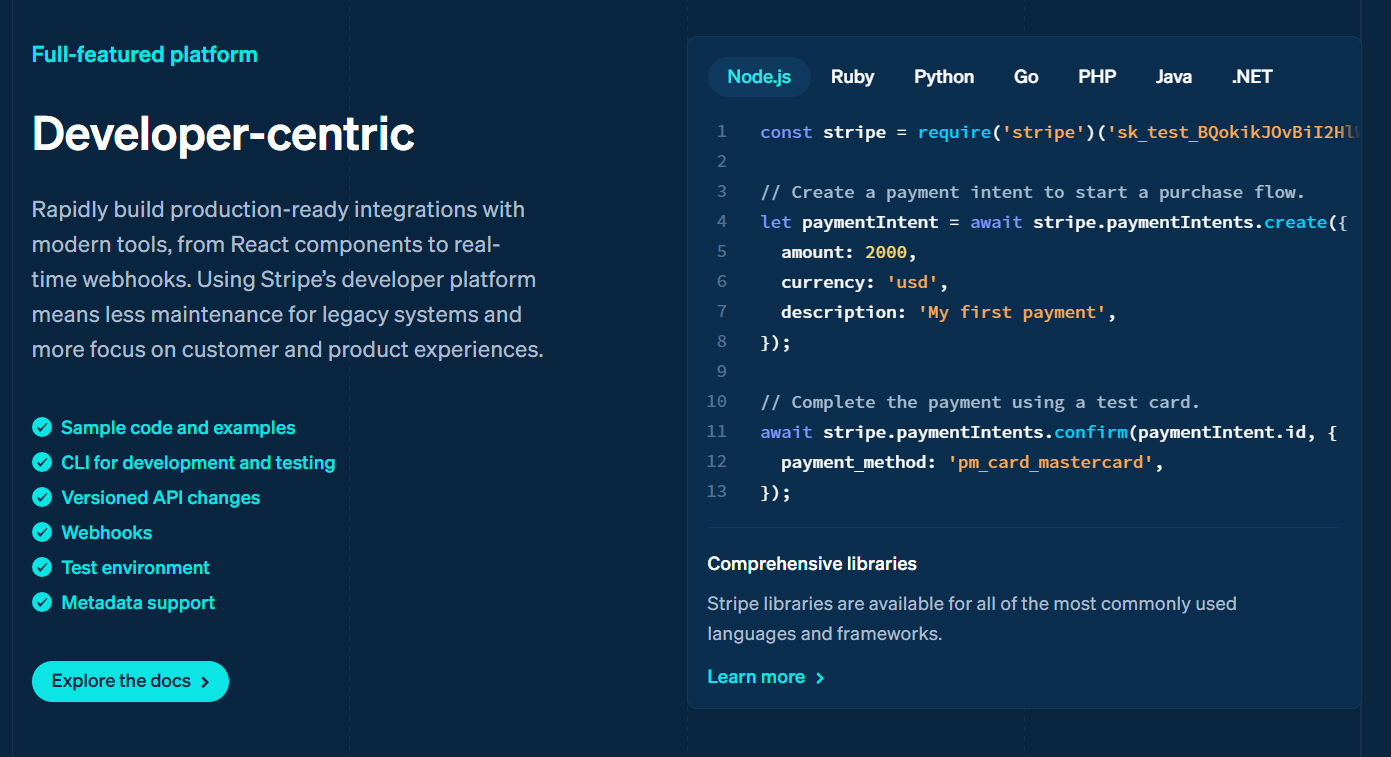
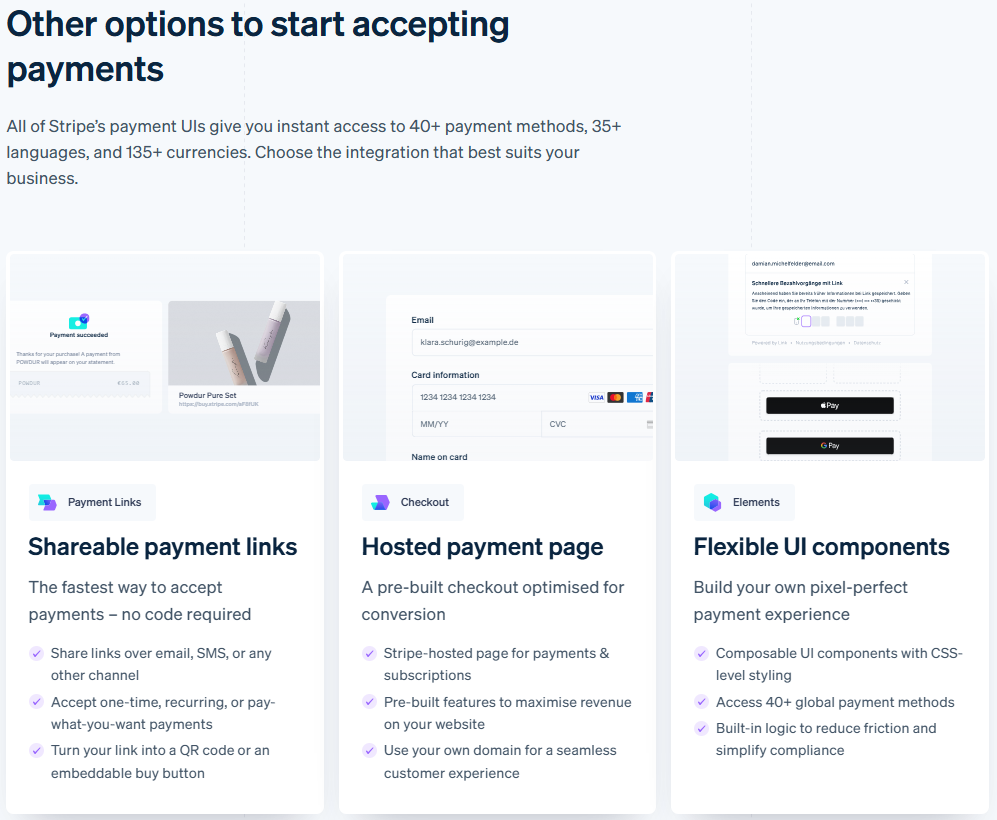
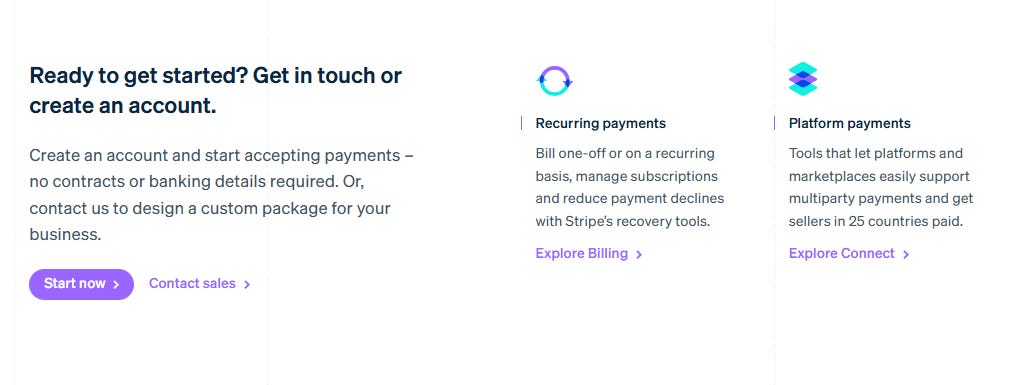
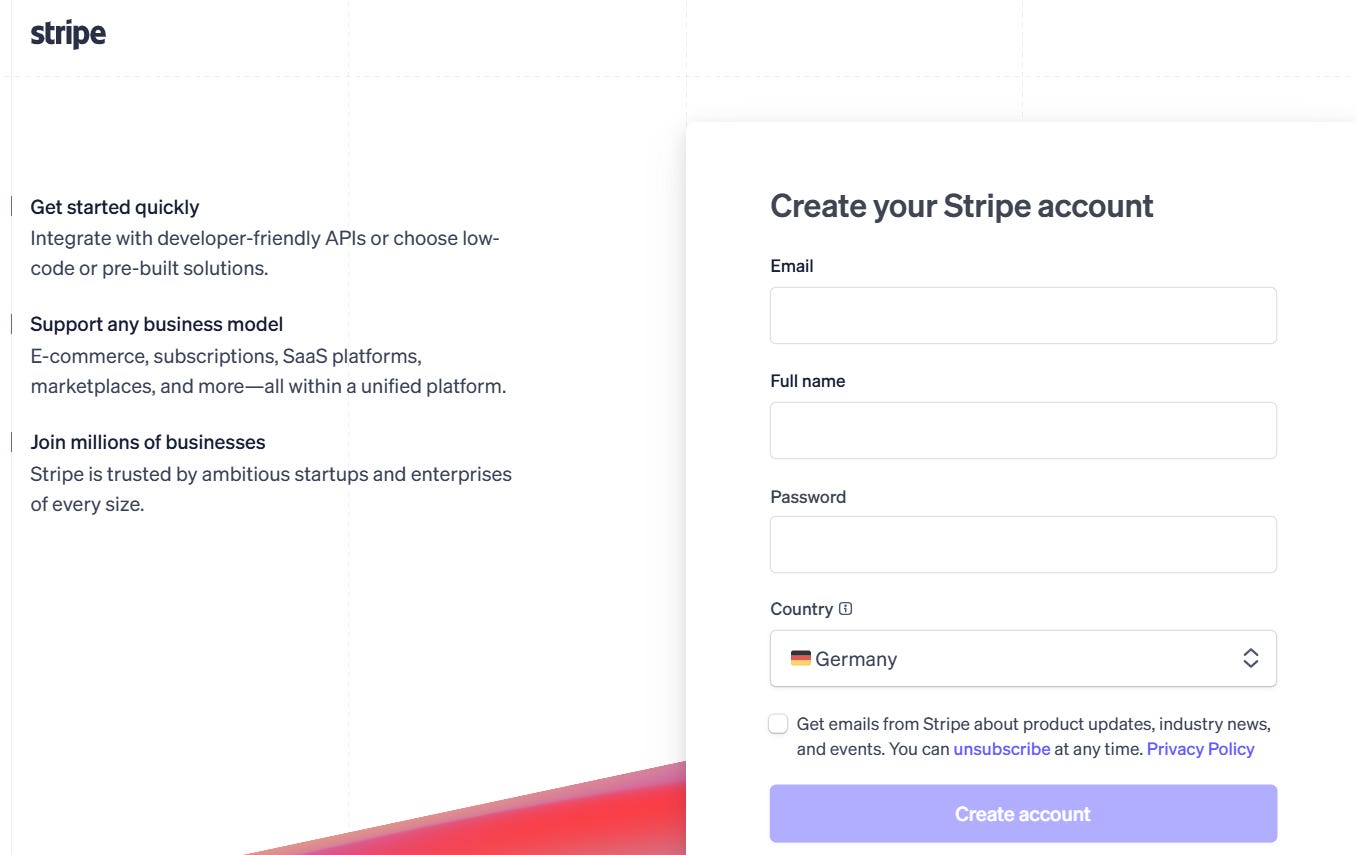
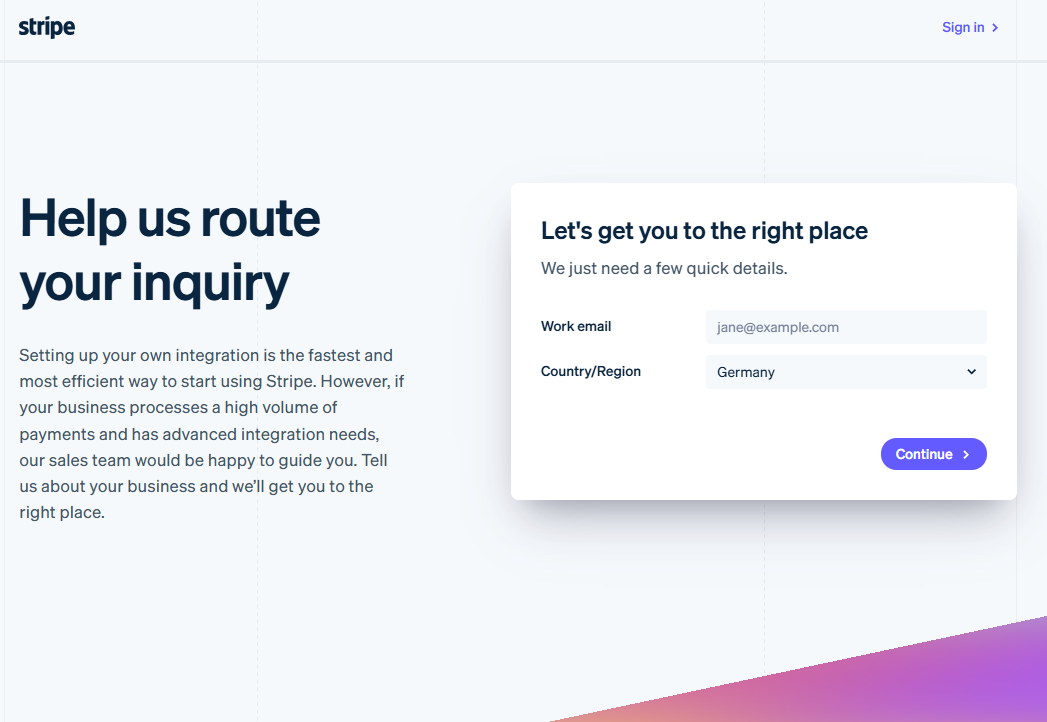
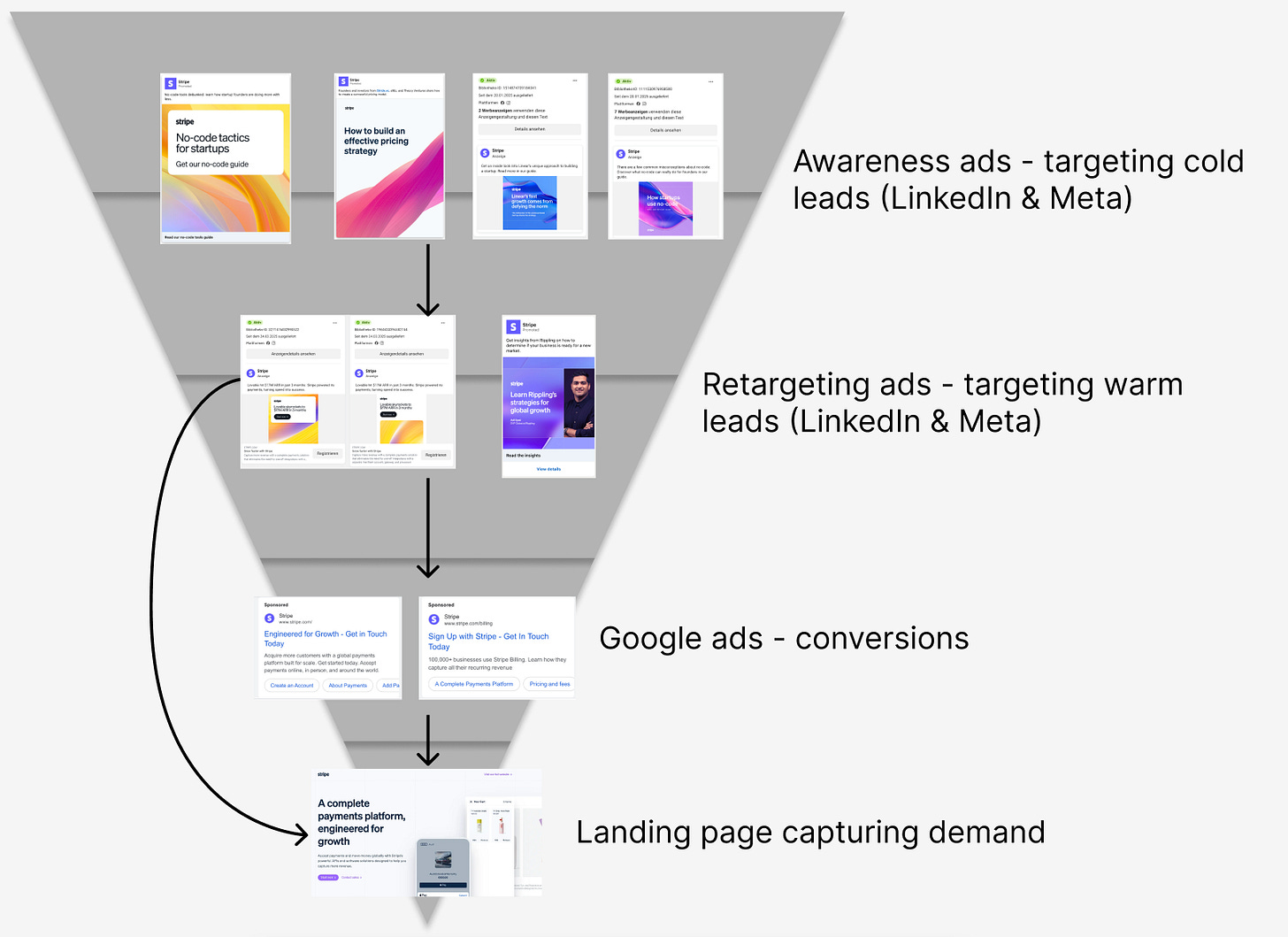
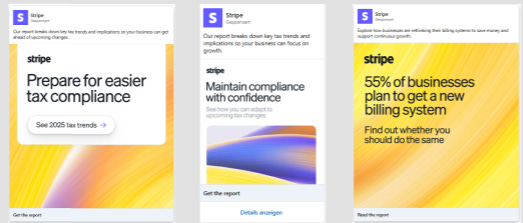
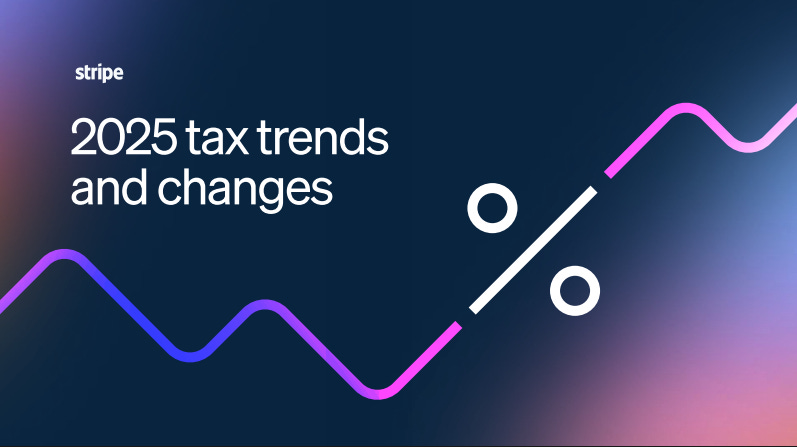
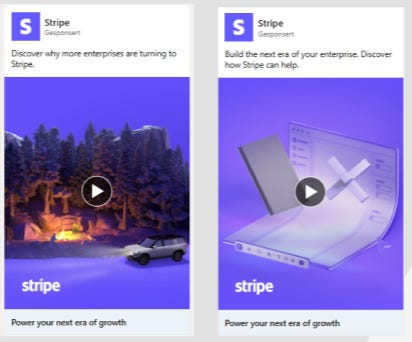


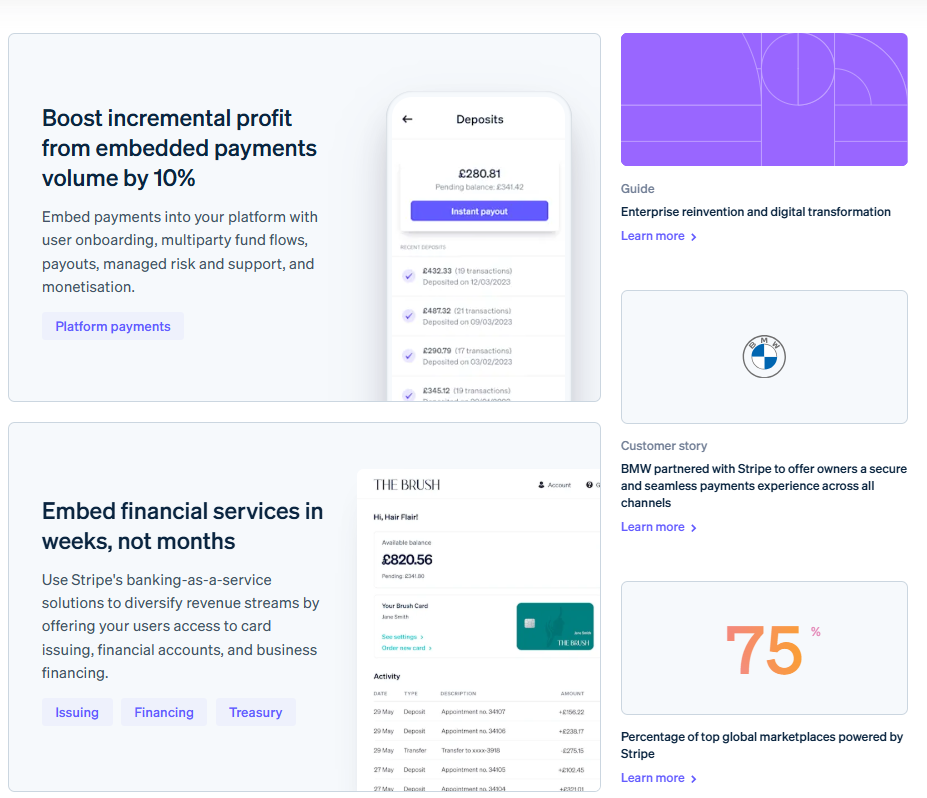
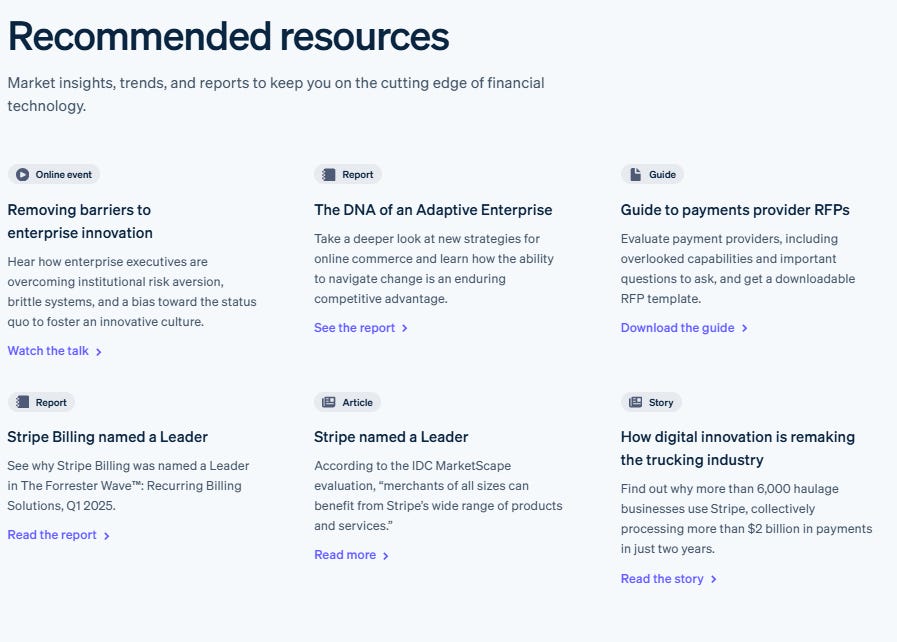

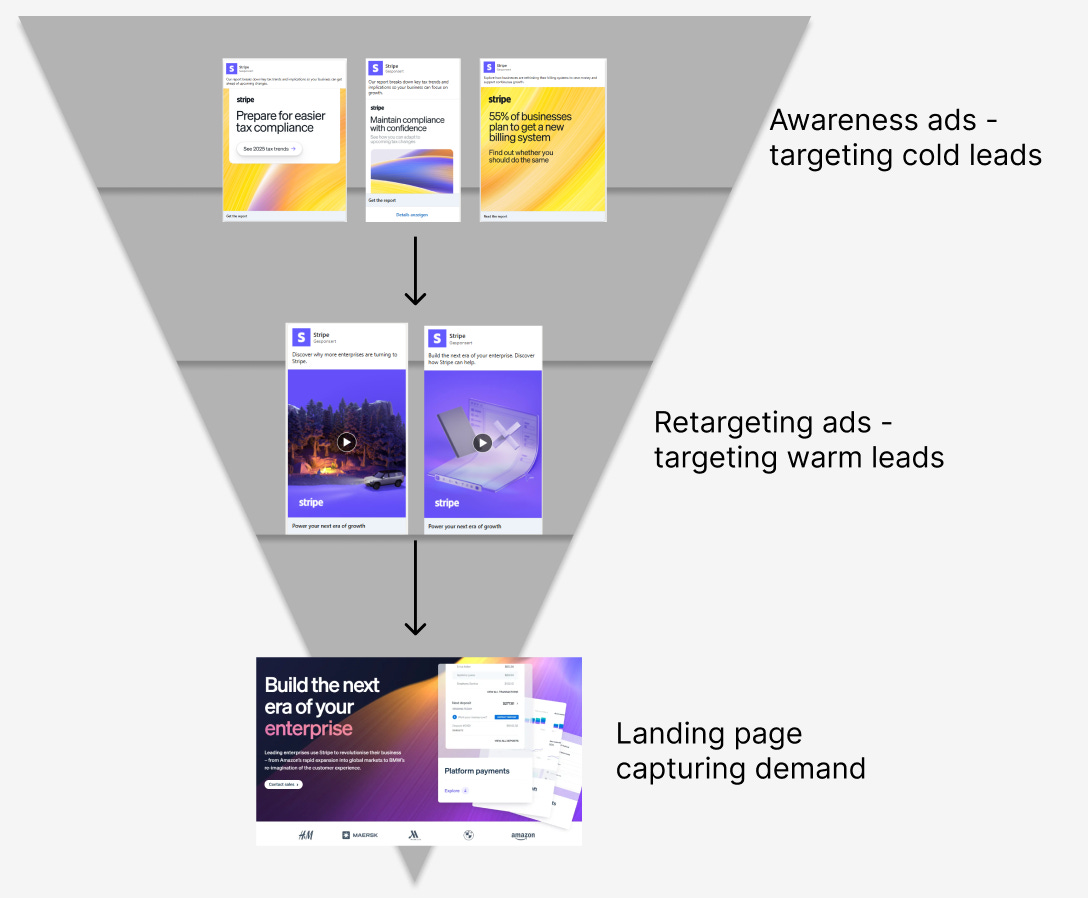
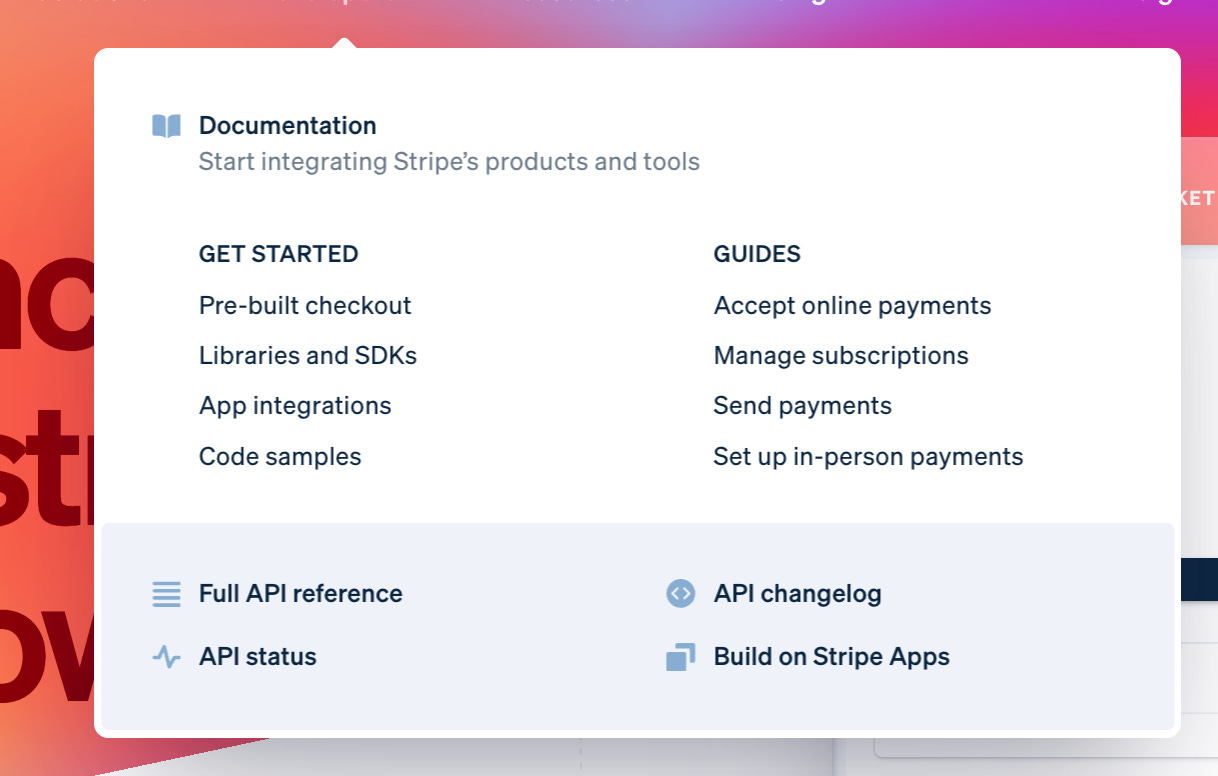

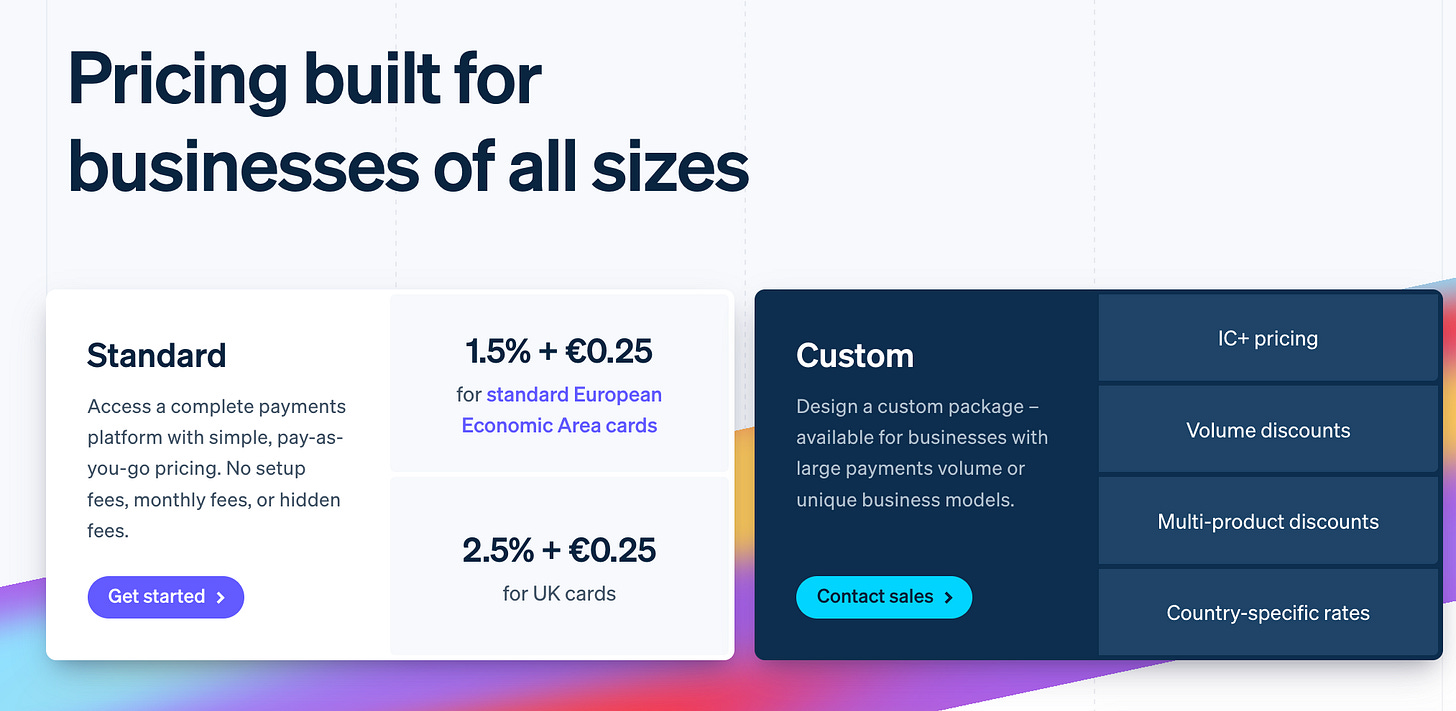
Adding to your sales and growth funnel, also what comes to mind is customer acquisition via partnerships. Substack itself is an example of this where Stripe card payments are already integrated into the publishing platform and the customer journey to switch this on is smooth.
This is such a masterclass in developer-led growth. Stripe made developers feel like the heroes of the story.